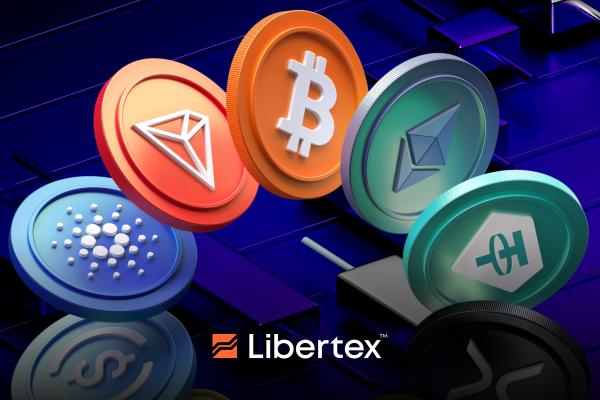With stocks and commodities dominating the headlines lately amid the ongoing US-China trade conflict, many have taken their eyes off the cryptocurrency market. Bitcoin seemed to have run out of steam after Trump's inauguration, dropping almost 30% from $105,403 on 30 January to $75,004 by 9 April. It looked like the party was finally over. But then, in the space of just over a month, BTC shocked analysts and gained a full 47% to reach a new all-time high of $111,691 on 21 May. When we consider that the original cryptocurrency's 12-month gains are just 58%, that's a huge increase for a little over 30 days.
There are numerous reasons behind the sudden jump, from sticky inflation and a weaker dollar right through to optimism around US-Chinese trade negotiations and the expectation of a shift in the Federal Reserve's monetary policy during the summer. In this article, we'll try to consider all of these factors affecting the cryptocurrency market and attempt to see where it could be headed in the second half of this year.
A fistful of dollars
The weakness of the US dollar is becoming increasingly palpable. Having already lost 10% against key major competitors, the euro and the British pound, the benchmark US Dollar Index dipped below 100.00 to a level unseen since April 2022. And while US inflation came in below expectations in April at 2.3%, many Americans are still deeply concerned about the potential for rising prices ahead of the expiration of various tariff moratoria in the summer. The University of Michigan Consumer Sentiment Index released on 16 May showed a drop from 52.2 in April to 50.8 this month, its second-lowest reading on record. To make matters even worse for the greenback, that same day, Moody's became the last major rating agency to downgrade the United States' credit rating from an Aaa rating. This downgrade is significant since it reveals an emerging consensus that the growing US debt burden is no longer just an abstract risk but rather a strategic constraint on US power and leadership.
In light of the very serious problems facing the world's reserve currency of choice, it's thus unsurprising that investors are looking towards real store-of-value assets like gold and, increasingly, Bitcoin. The combination of its limited issue and relative ease of purchase makes it more and more popular as a haven asset alternative, especially among younger cohorts. As long as inflation fears continue and the dollar carries on falling out of favour both with investors and international businesses, which are frequently choosing to trade in their own or other global currencies, the demand for Bitcoin as both a hedge and investment vehicle can only grow.
Out of our hands
It's also unsurprising that what has been a boon for stocks has also been good for perhaps the riskiest asset class there is: crypto. The talk of an organic shift in the Fed's monetary policy, coupled with increasing pressure from President Trump on central bank chairman Jerome Powell, has led to increased demand for risk assets in anticipation of a rate cut in June or July.
However, it seems as if water has been thrown on these hopes after Powell made clear that the central bank wants to make sure long-term inflation expectations do not rise because of tariffs before resuming rate cuts. As of 20 May, the CME FedWatch tool showed a 71% chance that the Fed would hold interest rates steady through its next two meetings, which is a huge difference from just one month ago when markets predicted a 90% chance of a rate cut by July.
Thankfully for Bitcoin, the uncertainty also plays to its advantage and has helped it sustain its bullish trend. Meanwhile, the ongoing trade negotiations between China and the US, which started last week in Geneva, are showing promise with the agreement to hold off for 90 days. This comes as the EU tables a fresh trade proposal to the US in a bid to revive stalled talks with President Trump's administration. The trading bloc's preparation of $108 billion in retaliatory tariffs if talks fail demonstrates the potential economic risk of a no-deal scenario for global trade. While the conclusion of trade deals will certainly reinvigorate investment in riskier asset classes as a whole, the uncertainty surrounding a lack of any negotiated settlements could also benefit haven assets, among which Bitcoin is gradually beginning to establish itself.
Trade Bitcoin and more CFDS with Libertex
With Libertex, you can buy and sell, with or without leverage, a variety of crypto CFDs, including Bitcoin itself and even its derivatives like the Grayscale Bitcoin Trust. For more information or to create a live trading account of your own, visit www.libertex.com/signup today!

